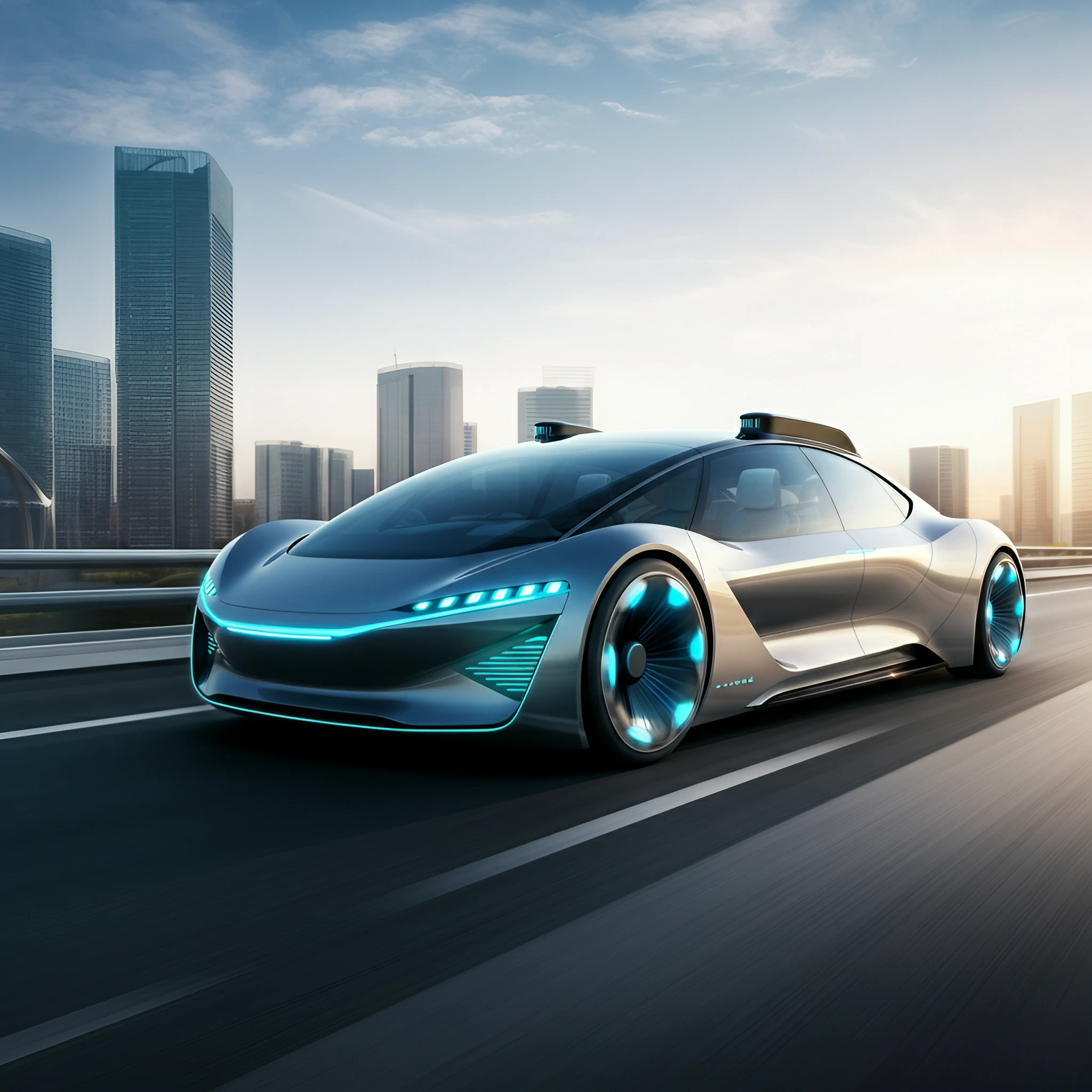The rise of autonomous vehicles has disrupted the automotive industry, and now, it’s transforming how we think about insurance. Autonomous car insurance is emerging as a new, evolving field that addresses the unique challenges and opportunities posed by self-driving vehicles. But what sets it apart? How does it benefit drivers, reduce accidents, and shape the future of insurance? This article dives deep into these questions while shedding light on the current state and future trends of autonomous car insurance.
What Is Autonomous Car Insurance?
Autonomous car insurance is tailored specifically for vehicles equipped with self-driving features or fully autonomous capabilities. Unlike traditional car insurance, which primarily focuses on covering human-driven vehicles, autonomous car insurance must account for the advanced technology, software, and sensors responsible for navigating on the road. Coverage typically extends beyond accidents to include potential software failures, hacking risks, and even liability issues between drivers, passengers, and manufacturers.
Key Differences from Traditional Insurance:
- Liability Shifts: While traditional insurance is designed to cover human driver error, autonomous insurance often involves determining whether faults lie with the car’s software or the manufacturer.
- Expanded Policies: Cybersecurity and software updates are integral concerns, which are usually not covered under regular car insurance.
- Dynamic Pricing: Insurance premiums are influenced by the AI safety features and the brand’s safety track record.
The Positive Impact of Autonomous Cars on Insurance
Self-driving vehicles bring unprecedented safety benefits, leading to a significant reduction in accidents and claims. Advanced safety technologies like automated braking, lane assist, and real-time navigation help mitigate human error, which accounts for the majority of crashes.
Stats Speak Volumes:
A study by Waymo and reinsurer Swiss Re revealed that autonomous cars reduced property damage claims by 88% and bodily injury claims by 92% compared to human drivers. These remarkable figures highlight the potential of autonomous cars to revolutionize road safety and lower insurance claims.
Pro Tip: Reduced claims also mean reduced costs for insurers, which could translate to lower premiums for vehicle owners.
Autonomous vs. Human-Driven Vehicles: A Claims Comparison
When examining insurance claims, autonomous cars maintain a clear lead in safety. Not only do they drastically cut liability and property damage claims, but they have also been shown to outperform newer human-driven vehicles with advanced safety features.
For instance:
- Against traditional human-driven cars, Waymo’s vehicles showed an 86% reduction in property damage claims.
- Compared to human drivers in vehicles with advanced safety tech, Waymo still achieved a 90% reduction in bodily injury claims.
However, it’s worth noting that most autonomous vehicles currently operate in urban areas, where smaller-scale accidents are more common. Their safety performance in rural and high-speed environments remains less tested, making long-term conclusions difficult.
Challenges in Insuring Autonomous Cars
While autonomous cars offer significant benefits, there’s no denying that insuring them presents unique challenges. With manufacturers, software developers, and vehicle owners all involved, determining liability becomes complex. Here are some key hurdles insurers face:
1. Liability and Fault Determination
Who is at fault when an autonomous car is involved in an accident? Is it the driver for potentially misusing the vehicle, or the car manufacturer for a software glitch? This question defines the complexity of autonomous car insurance policies.
2. Advanced Technology Risks
From software updates to potential hacking incidents, insurers have to ensure coverage extends beyond physical accidents. Policies must address the vulnerabilities specific to artificial intelligence and connected systems.
3. Data Privacy and Use
Autonomous vehicles collect vast amounts of data. Transparency and agreements over how this data is shared between insurers, manufacturers, and owners are critical components of future policies.
4. Short Trial Periods
Autonomous vehicle manufacturers like Waymo have only been in real-world testing phases for a relatively short time. This makes it difficult to assess long-term risks and create standardized insurance metrics.
The Influence of Waymo’s Safety Record
The Waymo and Swiss Re study spotlighted the immense promise of autonomous driving technology in reducing accidents. Waymo’s impressive reduction rates in insurance claims make it a strong case study for the insurance industry. Yet, Waymo’s safety record isn’t without flaws; incidents like low-speed collisions with stationary objects reveal that the technology isn’t infallible.
Implications for Insurance:
- Low claim rates could lead to reduced premiums for customers of autonomous vehicles.
- Continued collaboration between insurers and manufacturers like Waymo can help create customized policies based on real-world data.
The Future of Autonomous Car Insurance
The autonomous car insurance market is poised for explosive growth, with innovative solutions on the horizon. Here are some predictions:
1. Usage-Based Insurance Models
Premiums might be calculated dynamically, based on mileage, driving behavior, or even software performance.
2. Collaborative Policies
Expect manufacturers and insurers to collaborate more closely, with bundled options that cover both vehicle ownership and usage.
3. Regulatory Frameworks
Governments will likely establish frameworks to address liability disputes and standardize autonomous vehicle insurance policies.
4. Market Expansion
As more manufacturers like Tesla, Waymo, and Ford release autonomous models, we may see the emergence of a global market for self-driving car insurance.
Final Thoughts
Autonomous car insurance is an exciting intersection of technology and finance, promising to redefine how we think about road safety and liability. While there are challenges to overcome, like liability disputes and data management, the benefits far outweigh the concerns. Lower claims, fewer accidents, and tailored policies will soon place autonomous vehicles and their insurance policies at the forefront of the automotive revolution.
For car owners, tech enthusiasts, and insurance professionals, now is the time to start understanding the nuances of autonomous car insurance and preparing for this new era in mobility.
Want to stay ahead of the curve?
Consider joining the conversation with industry leaders or exploring new insurance solutions tailored toward autonomous vehicles. The future is closer than you think!








